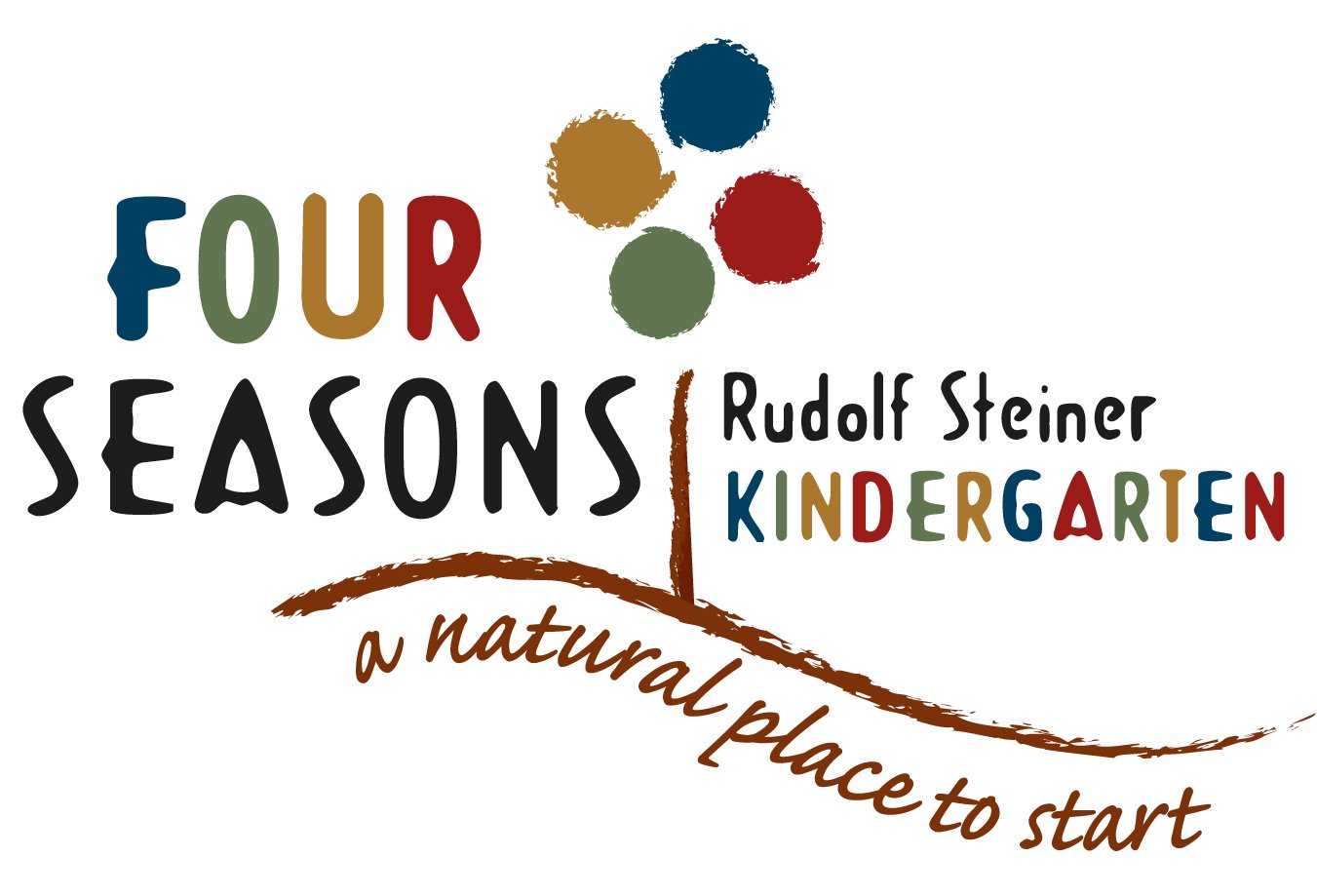When your child swears
The complex learning at kindergarten includes tamariki (children) exploring and testing social boundaries, especially when they differ from those they may experience in their home or other social settings.
Experimentation with swear words is a perfect example of this. Tamariki take in all that surrounds them, especially language! The foundational pathways for language are set in the younger years and this explains why a child can easily learn to be bilingual, whilst for adults, learning new languages beyond a first language can be challenging.
Tamariki learn largely through imitation during the first 7 years of life, and play is where they explore and practice ways of being so it makes perfect sense to play out different ways of expressing their feelings and needs.
Whilst swearing can be common and accepted as a normal way of expression and communication for some whānau and environments; at Four Seasons this behaviour sits outside our values of kotahitanga (unity) and kindness.
When we hear a tamaiti using swear words in play, or when communicating with us or another tamaiti, we firstly look at the context of what they are trying to say or to express. We use the principles from ‘Say What You See’ to express how we are interpreting the situation and offer the tamaiti an alternative way of expressing their feelings or needs that is in line with our kindergarten values.
This might be “I’m wondering if you are angry? I heard you say “@#$%-@#$” and because we don’t use swear words at kindy, you can say “I want alone time!” or “I am still using that” or “I’m feeling grumpy” or “I can’t find my shoes”. The idea here is to give the tamaiti the language to express their feelings and needs in a way that honours kindness and kotahitanga.
If a tamaiti is unable to recognise or respond to the expectation that is shared by a kaiako, and be redirected with the use of different kupu (words), it is most likely that the tamaiti is not in a regulated space to understand what is being asked of them. It is then that we would bring a tamaiti in close, using ‘we-direction’ and encouraging them to spend some one on one time with a kaiako to tautoko (support) with calming and self-regulation. “I can see that this is tricky for you, come along, we’ll read a book together/wash dishes together/feed the worm farm together.” It doesn’t take long for the tamaiti to come to a place where they are ready to re-enter play, respecting the kindergarten values of kindness and kotahitanga.
If you’d like to explore how this might look in your home environment, make time to connect with us, we’d love to support you. We also have copies of the wonderful book; ‘Say What You See’ by Sandra R. Blackard in our whanau library.

